
Polygraphy — The use of a polygraph to record several physiological characteristics simultaneously; the interpretation of data from a polygraph.

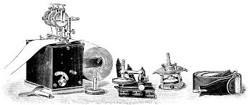
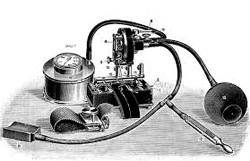
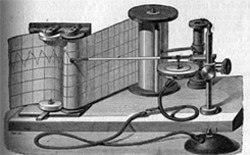
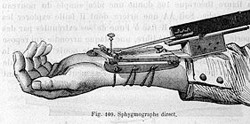
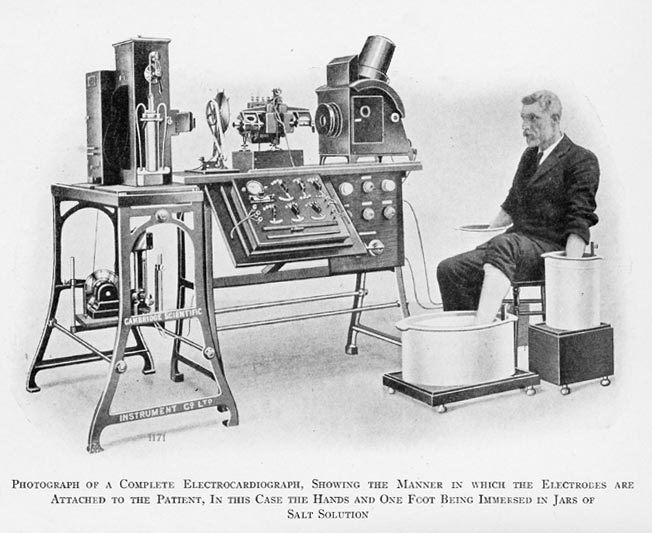
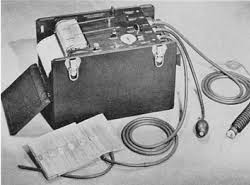
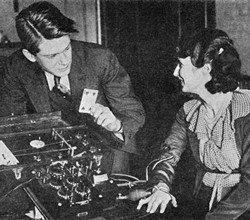
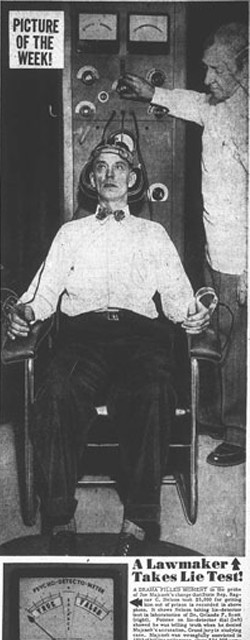
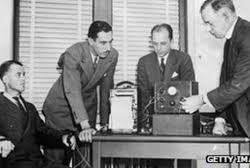
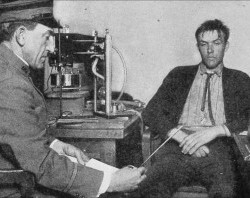
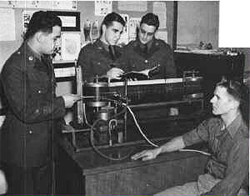
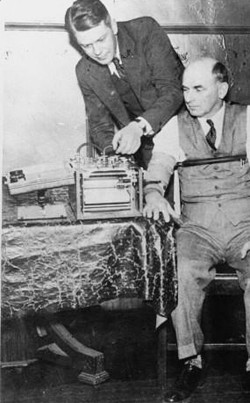
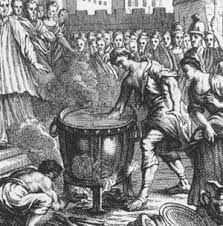
Since the beginning of time man has been looking for an efficient way to flush out the lie. Various innovative techniques were tried. Some were ridiculous, other cruel, but they were all based on the assumption that some physiological reaction occurred when a person was confronted with a specific event under investigation and that this reaction would have a detectable external manifestation.
In 1730, the British novelist Daniel Defoe in his essay "An Effectual Scheme to the Immediate Preventing and Suppressing of Street Robberies all Other Disorders of the Night" advance a theory that the pulse of a suspicious person can reveal that the person is lying.
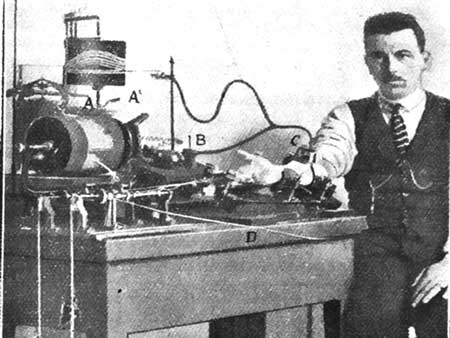
In 1878, the Italian physiologist Angelo Mosso used an instrument called a plethysmograph to detect the change in blood pressure in response to certain stimuli.
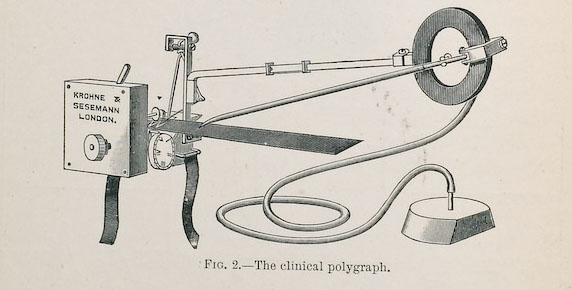
Sir James Mackenzie, MD, constructed the first polygraph in 1892. An instrument that could be used during medical examinations with the ability to simultaneously record undulated traces of vascular pulse (radial, venous and arterial), by way of a stylus on a rotary drum of smoked paper.
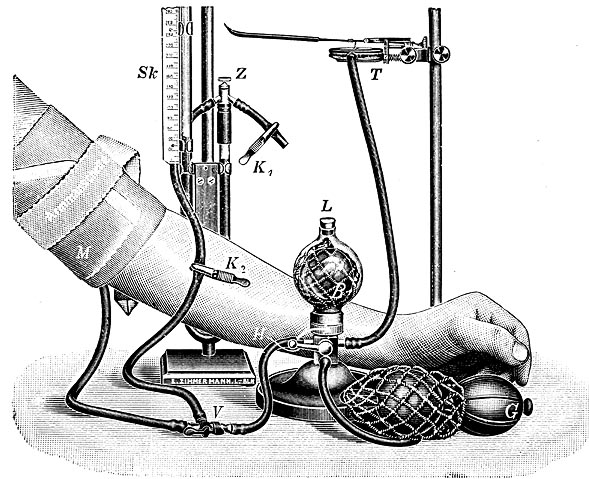
The first use of a scientific instrument to measure physiological responses was in 1895 when the doctor, psychiatrist, and Italian criminologist Cesare Lombroso, modified an existing instrument called a hydrosphygmograph and used it to measure physiological changes in the blood pressure and pulse of a suspect questioned by police.
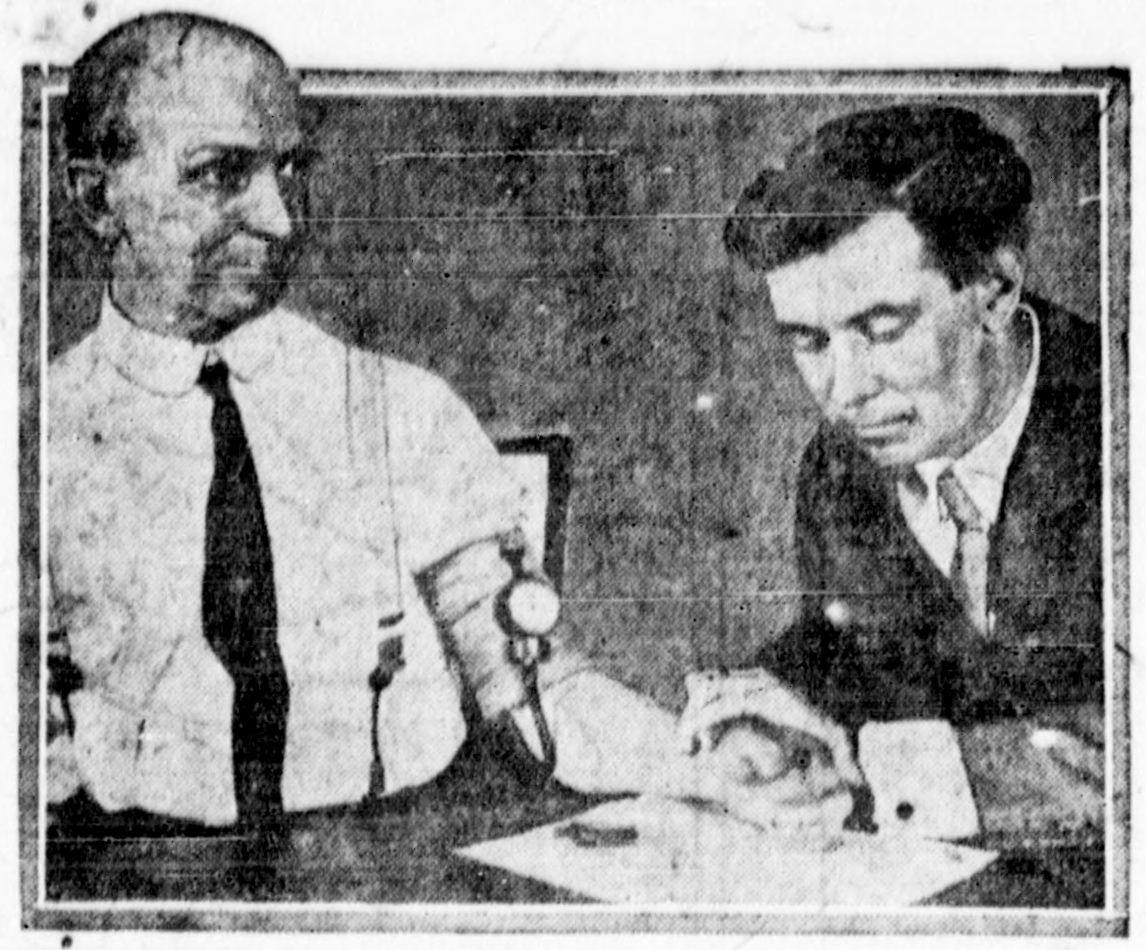
Dr. William Moulton Marston, an American lawyer, and psychologist, is credited with the invention of a primitive form of lie detector when he developed in 1915, of the systolic blood pressure test, which would become, subsequently, a component of the modern polygraph. This technique of Dr. Marston used a standard blood pressure cuff and a stethoscope to take intermittent readings of the systolic blood pressure of a subject during an examination in order to detect deception.
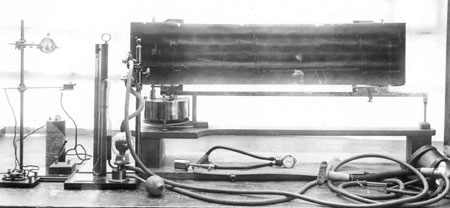
In 1921, John A. Larson, a Canadian psychologist employed by the Police Service of California, Berkeley, built what many consider to be the original lie detector device His instrument provided continuous readings of blood pressure, rather than discontinuous readings of the sort found in Marston's device. He named his instrument the polygraph, a word coming from Greek and meaning several written because the instrument had the ability to read multiple psychological responses at the same time and document these responses on a rotating drum of smoked paper. Using his polygraph, John A. Larson was the first person to measure and record continuously and simultaneously the heart rate, blood pressure and respiratory variations of a person during an interrogation. His polygraph was used extensively and very successfully, in criminal investigations.
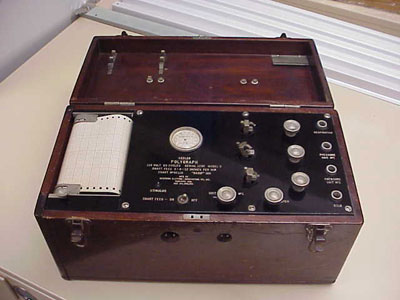
In 1939, Leonarde Keeler patented what is considered the prototype of the modern polygraph - the Keeler Polygraph. Today Leonarde Keeler is known as the father of the polygraph.
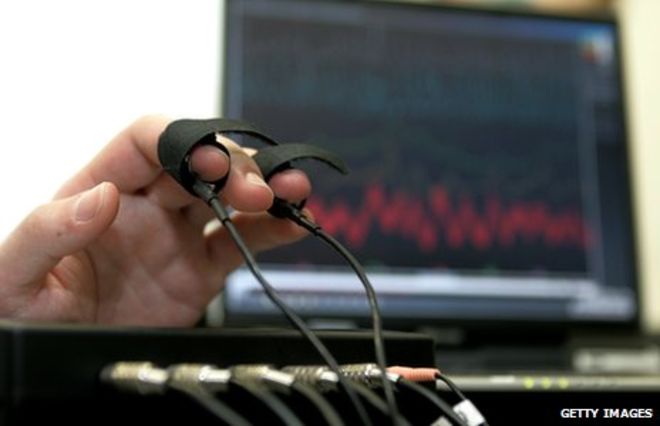
The polygraph made its official entry into the computer age around 1993 when statisticians of the Johns Hopkins University Applied Physics Laboratory in Maryland completed a software called PolyScore, which used a sophisticated mathematical algorithm to analyze the polygraph data in order to estimate a probability level of lying or sincerity of a subject.
In 2003, the Department of Energy of the United States commissioned a study on the scientific evidence of the polygraph with the National Academy of Sciences. To do this, a review committee scrutinized the available evidence in the research literature on the polygraph. They did not, however, conduct new research in the laboratory or in the field, because as reported by the Committee, it would be difficult - if not impossible - to replicate a crime scene simulation, in a lab the same to evaluate the effectiveness of the polygraph.
The National Academy of Sciences review committee concluded that although there may be alternative techniques to polygraph testing, none can outperform the polygraph and none seem promising at supplanting the polygraph in the near future.
The polygraph exam has withstood over a century of research, development and widespread use, the polygraph is still the most effective way to verify the truth and at detecting deception.